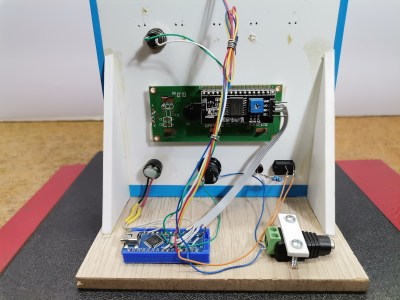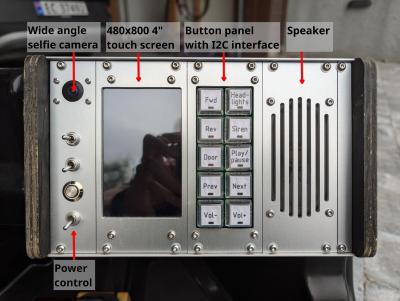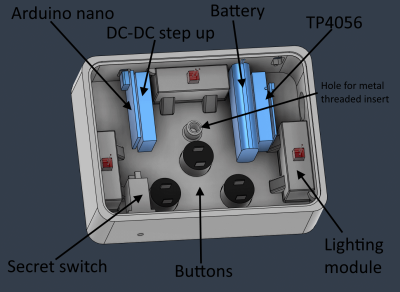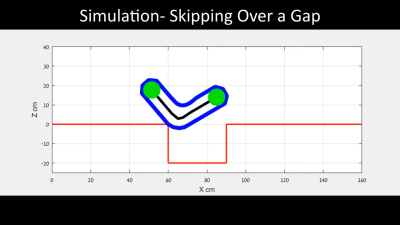Even when the boss is away, the show must go on, so Dan slid back behind the guest mic and teamed up with Tom to hunt down the freshest of this week’s hacks. It was a bit of a chore, with a couple of computer crashes and some side-quests down a few weird rabbit holes, but we managed to get things together in the end.
Tune in and you’ll hear us bemoan HOAs and celebrate one ham’s endless battle to outwit them, no matter what the golf cart people say about his antennas. Are you ready to say goodbye to the magnetic stripe on your credit card? We sure are, but we’re not holding our breath yet. Would you 3D print a 55-gallon drum? Probably not, but you almost can with a unique Cartesian-polar hybrid printer. And, if you think running MS-DOS on a modern laptop is hard, guess again — or, maybe you just have to get really lucky.
We also took a look at a digital watch with a beautiful display, a hacked multimeter, modern wardriving tools, switchable magnets, and debate the eternal question of v-slot wheels versus linear bearings. And finally, you won’t want to miss our look at what’s new with 3D scanning, and the first installment of Kristina’s new “Boss Byproducts” series, which delves into the beauty of Fordite.























